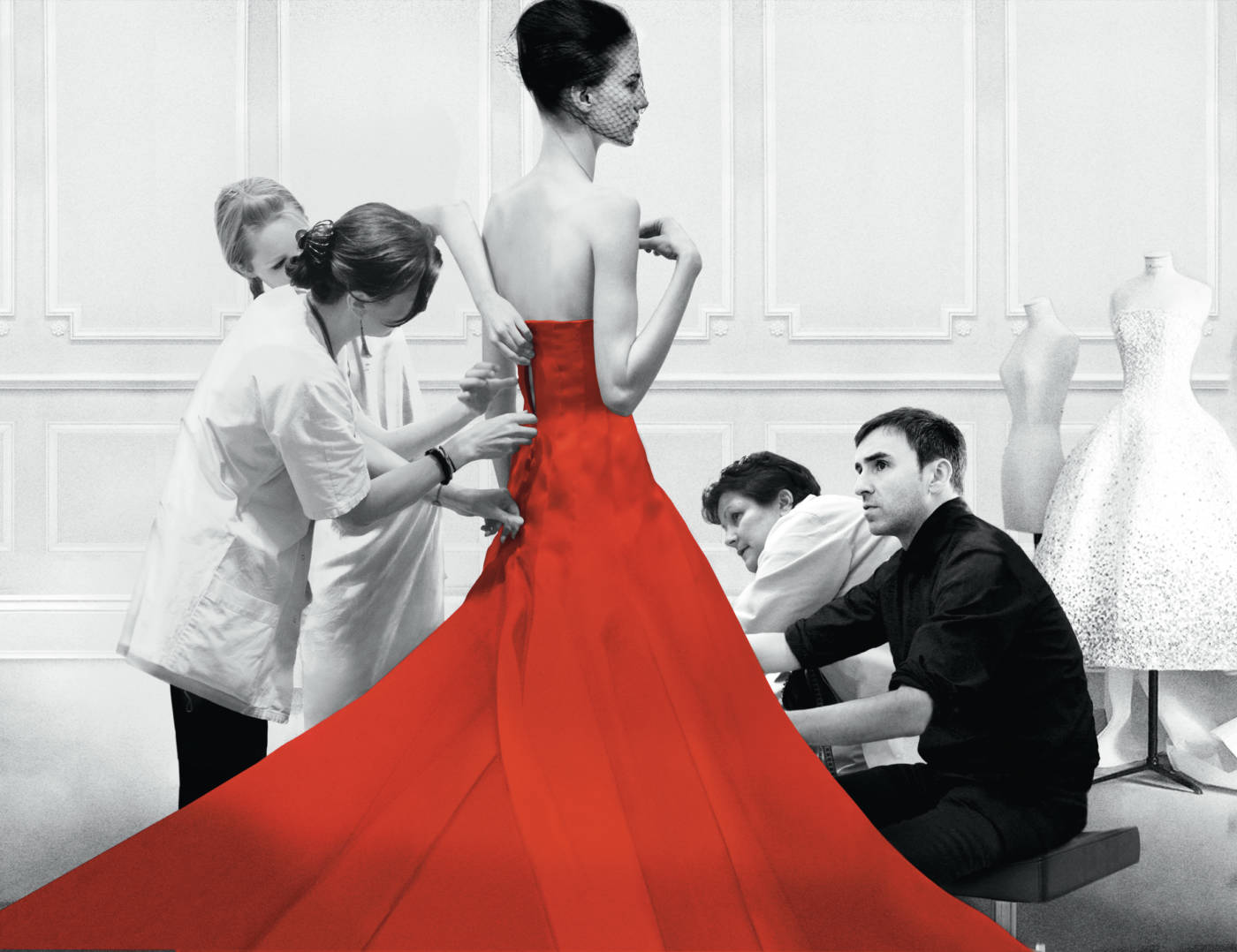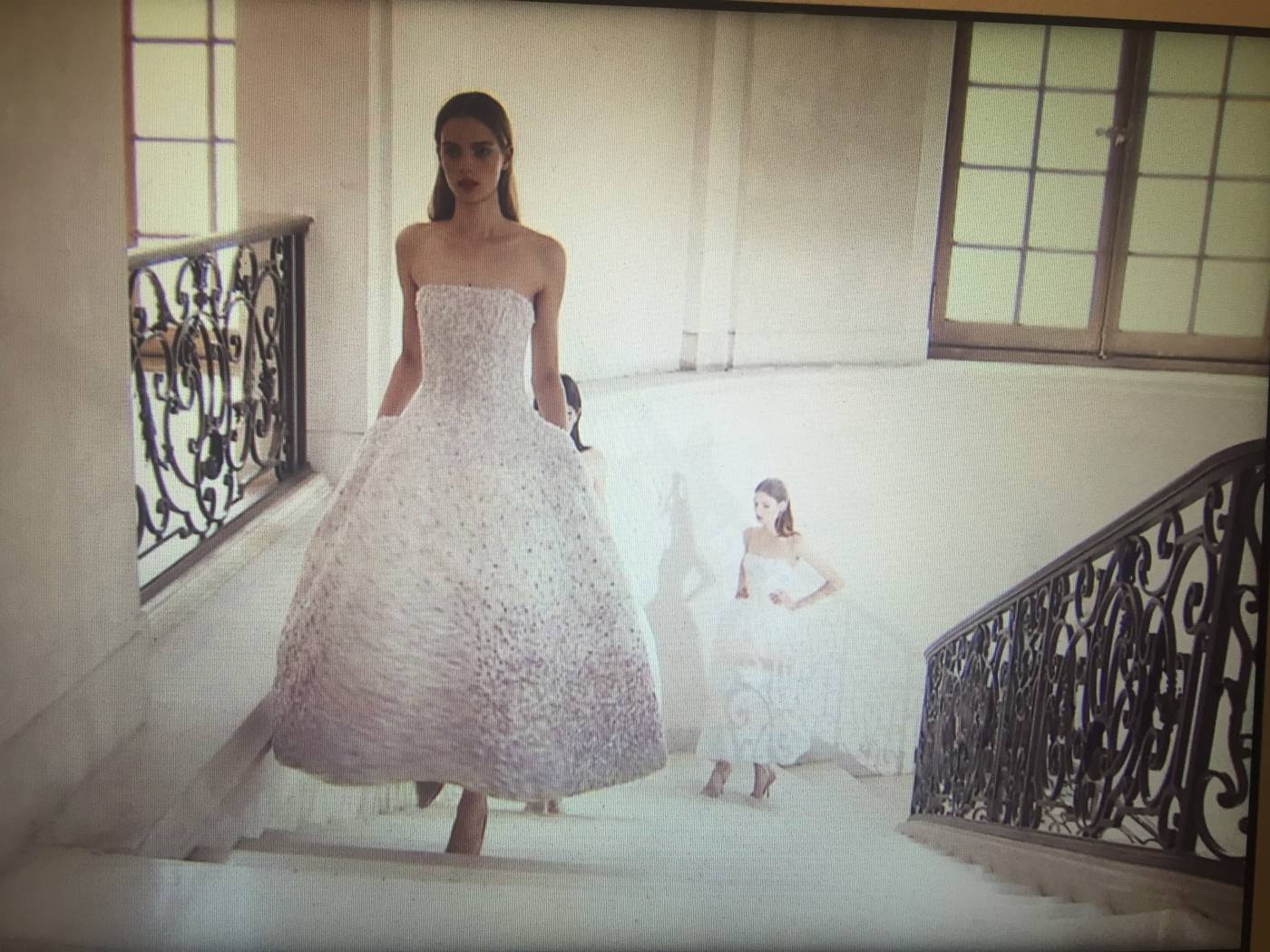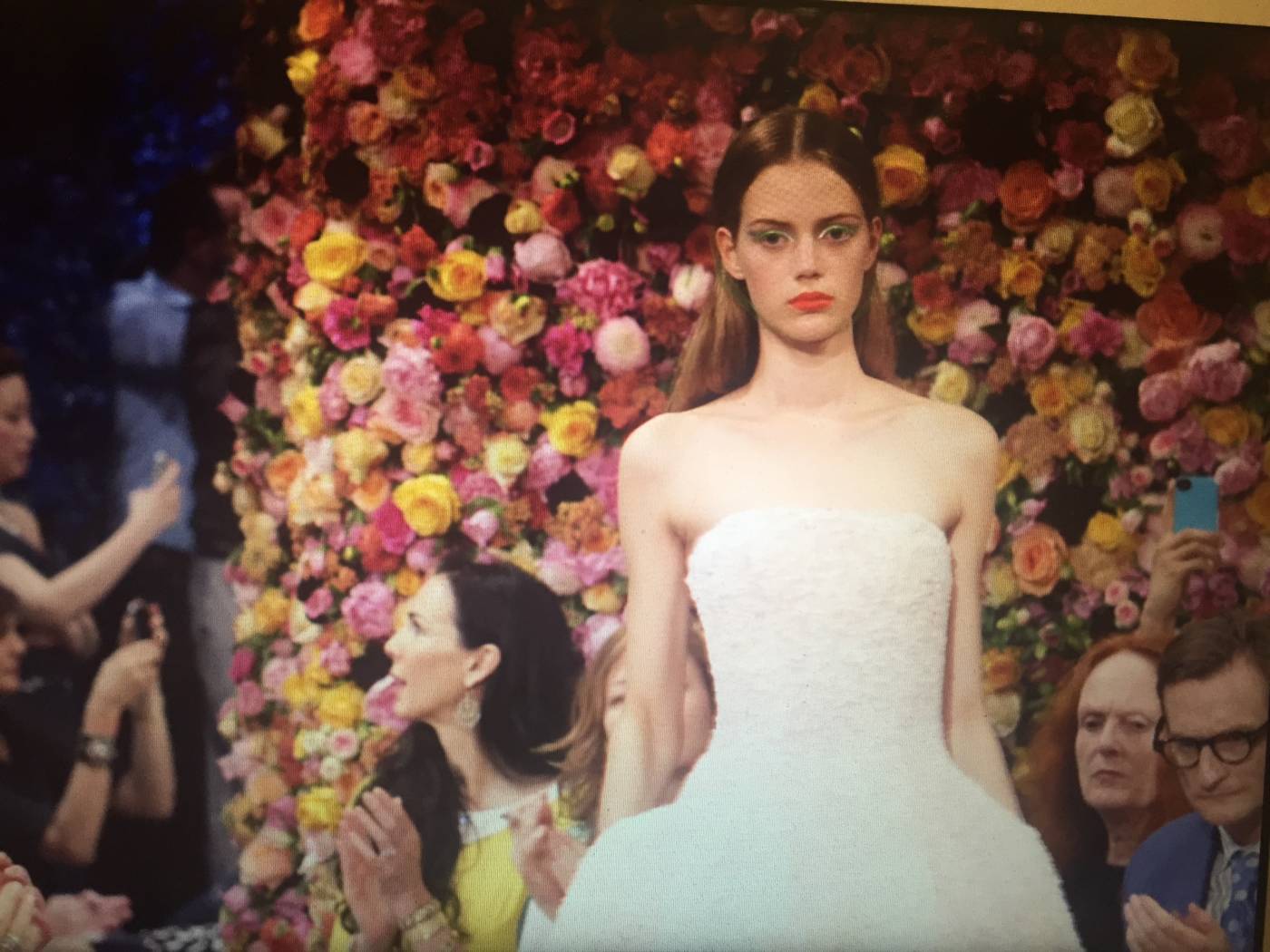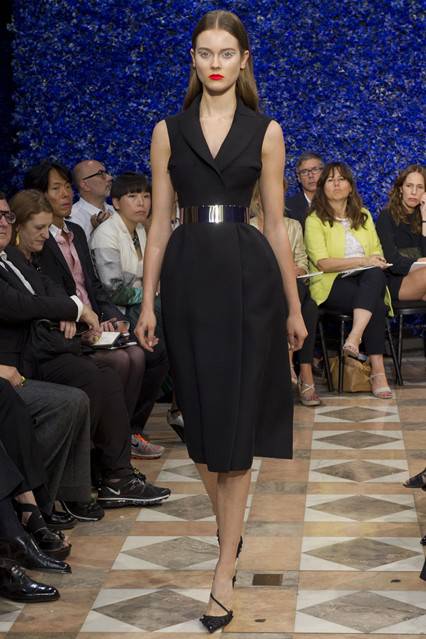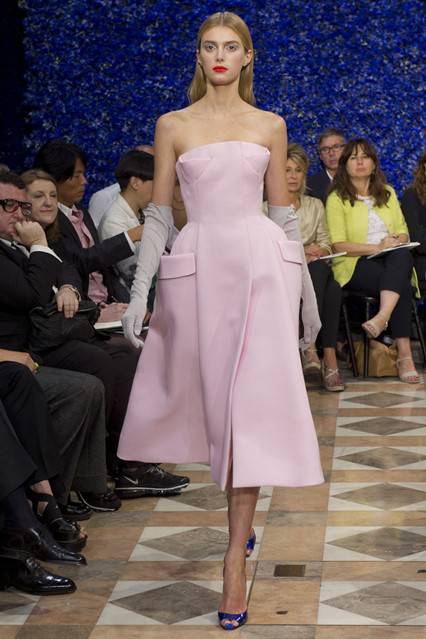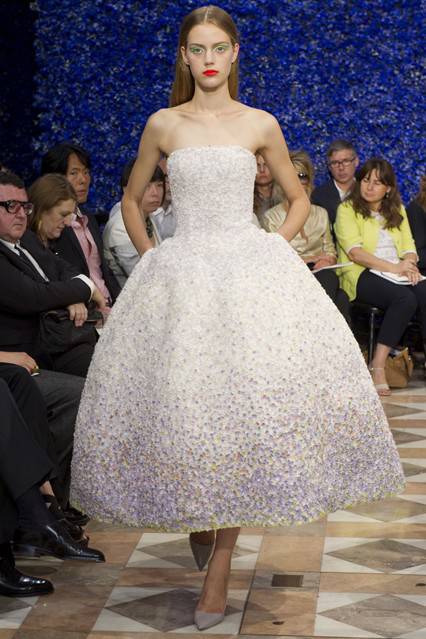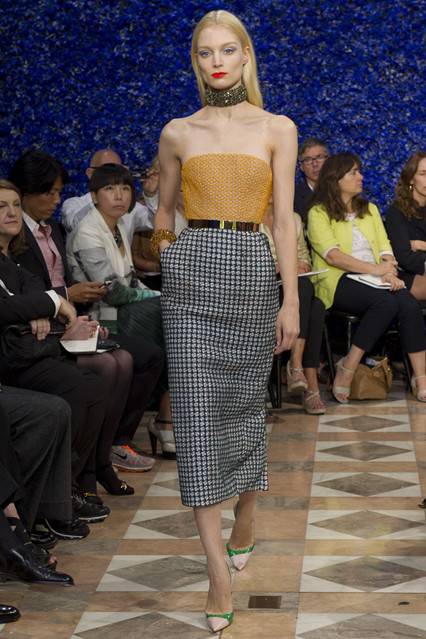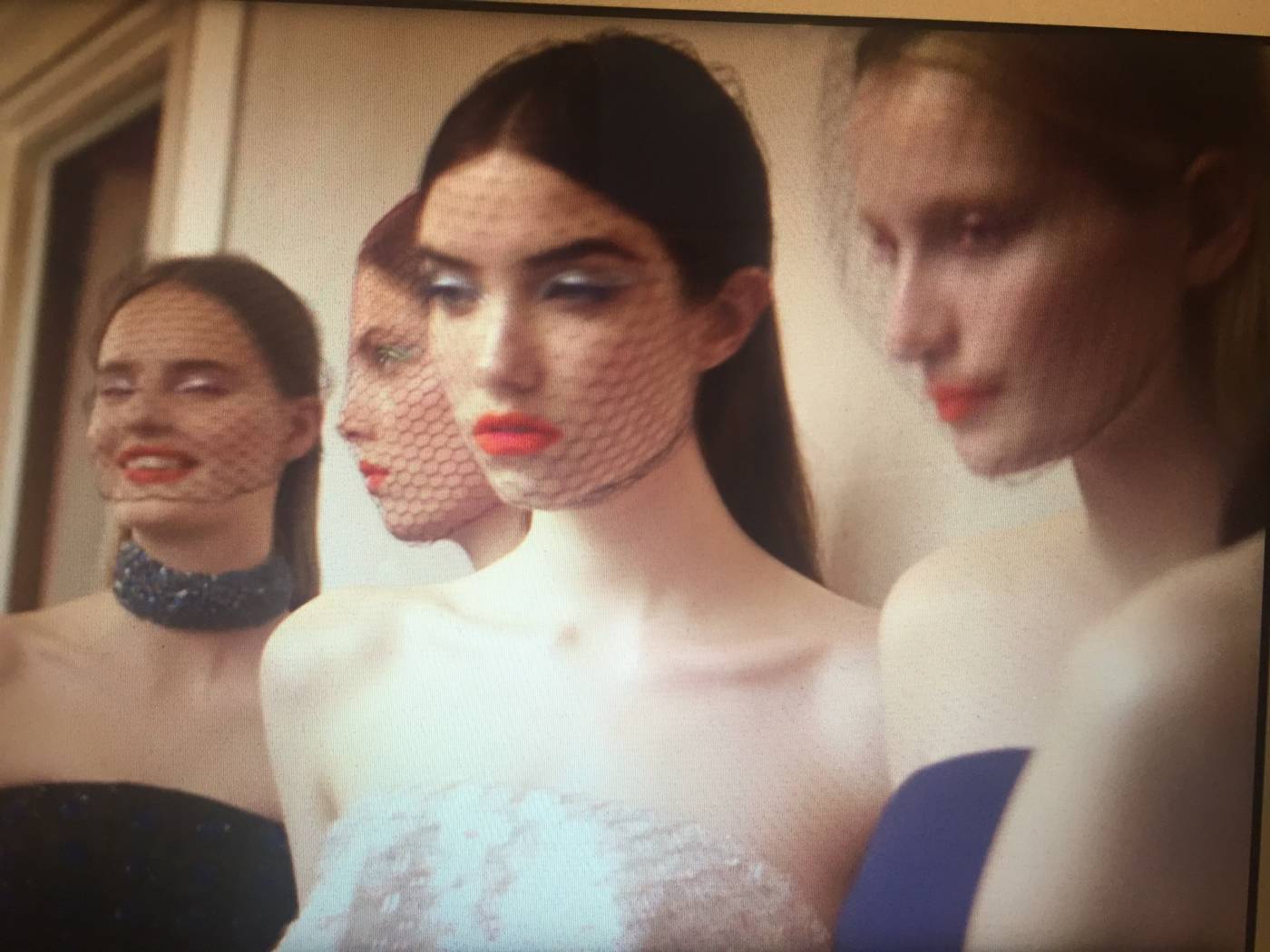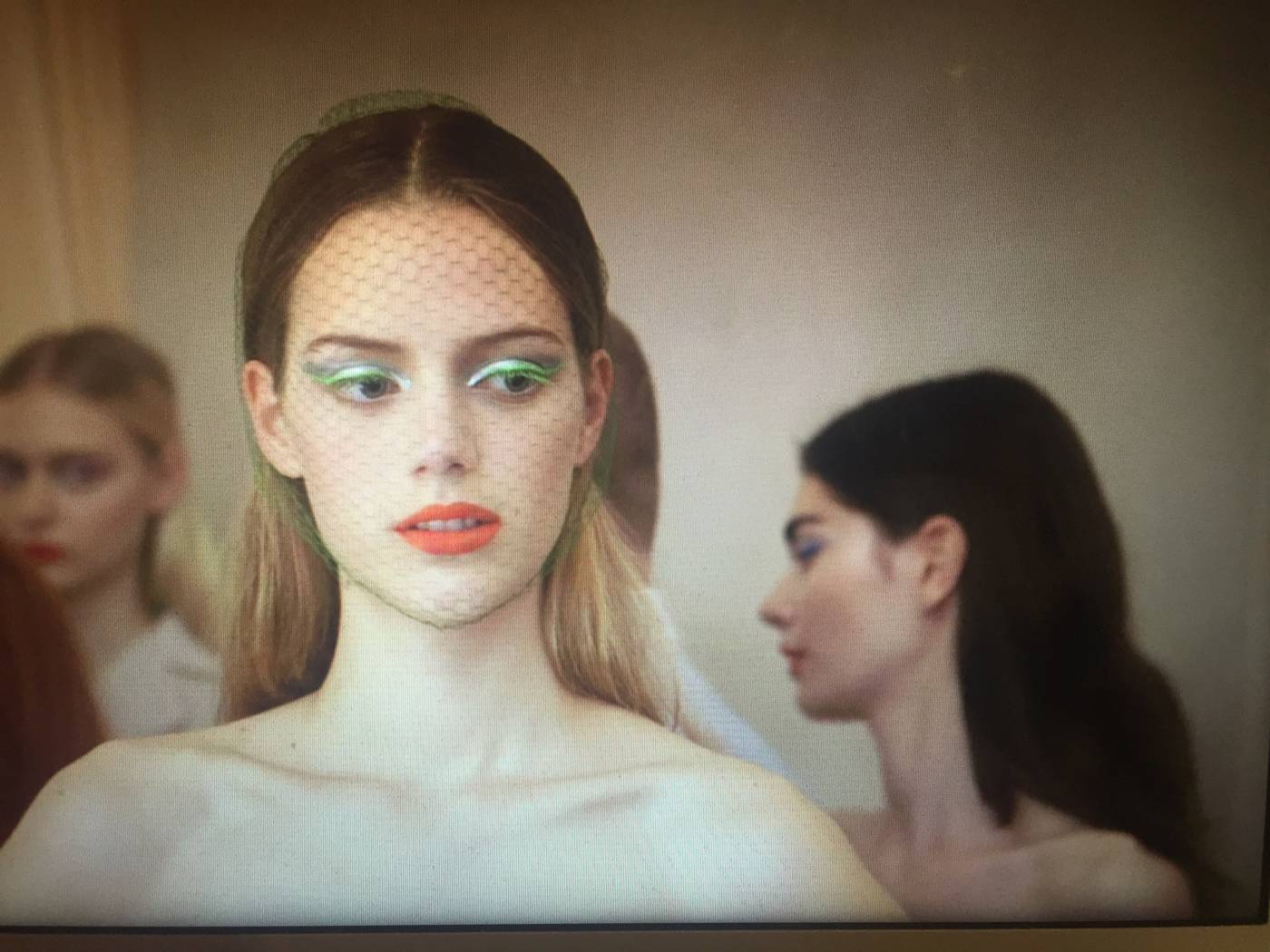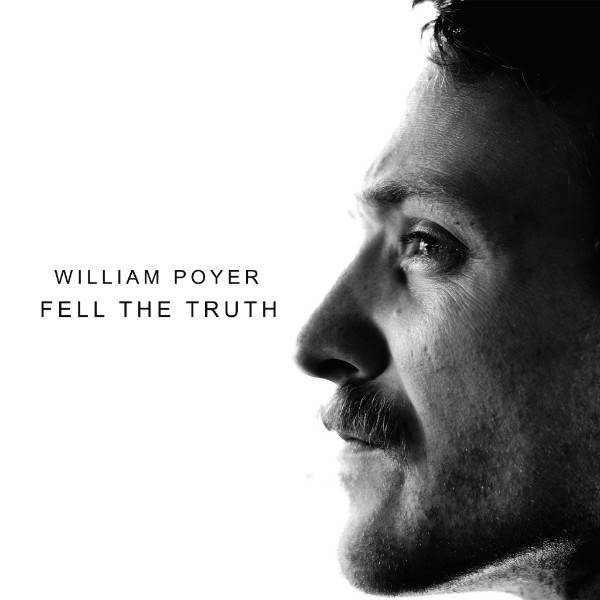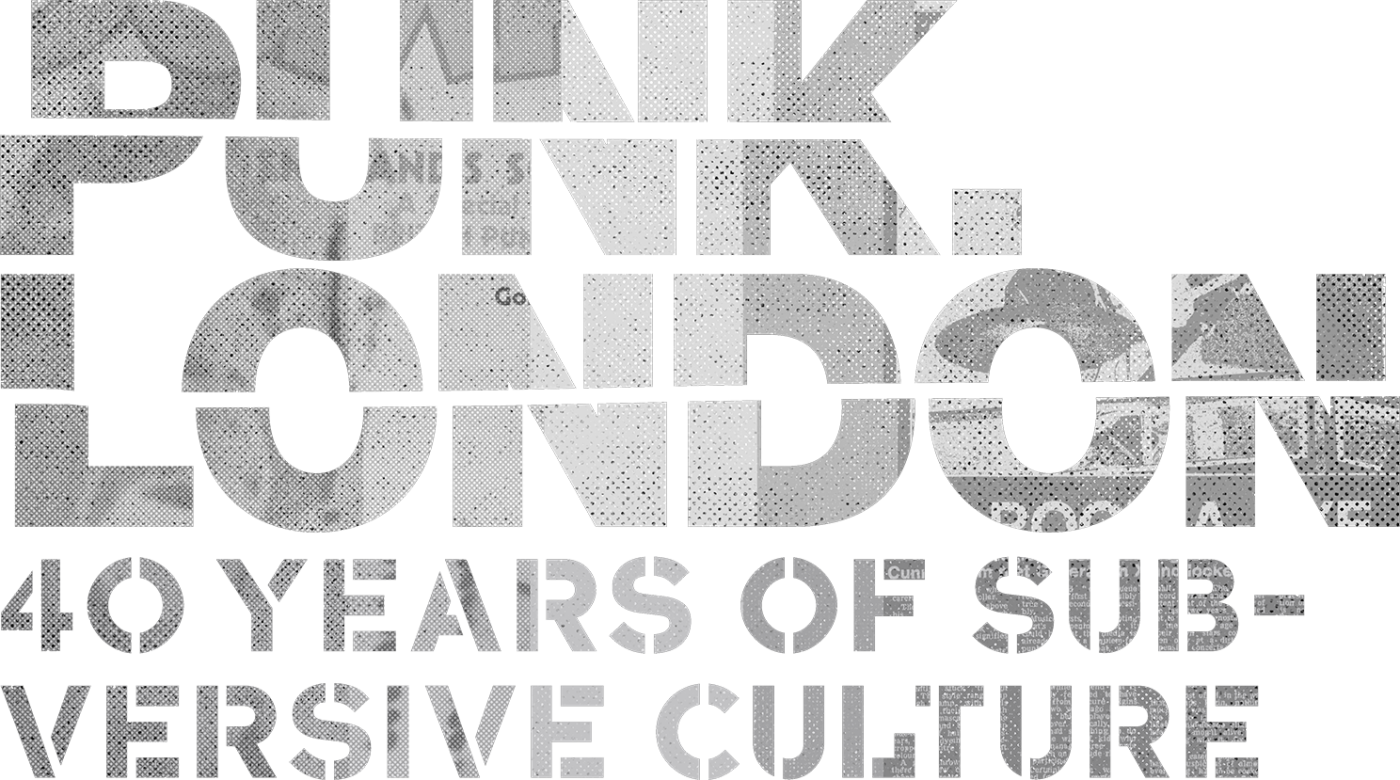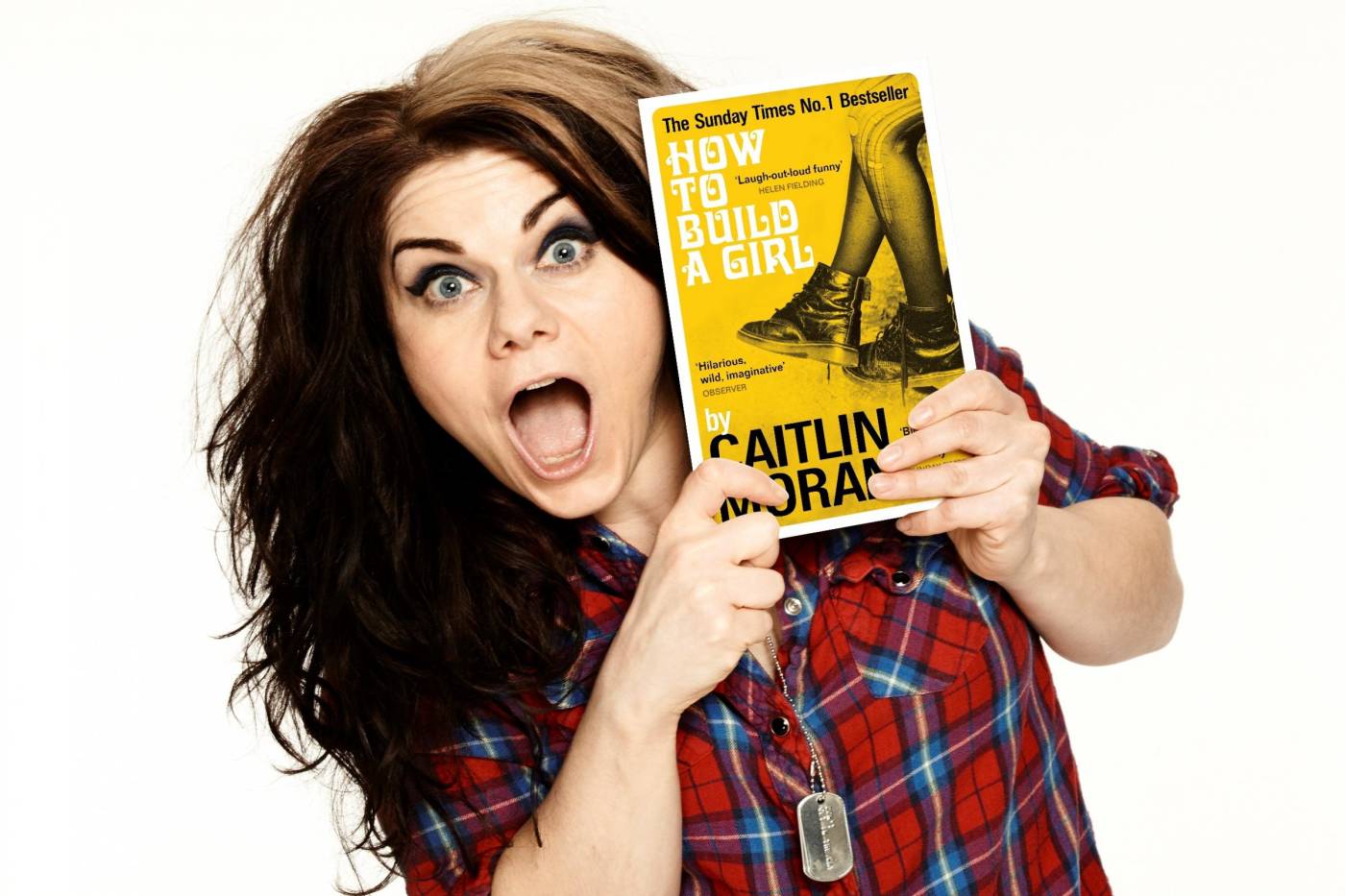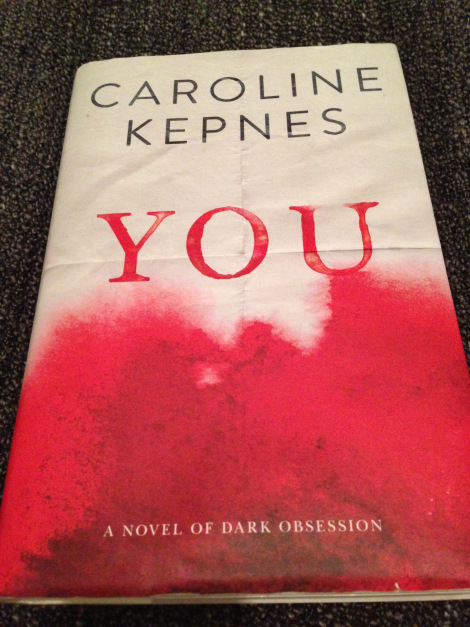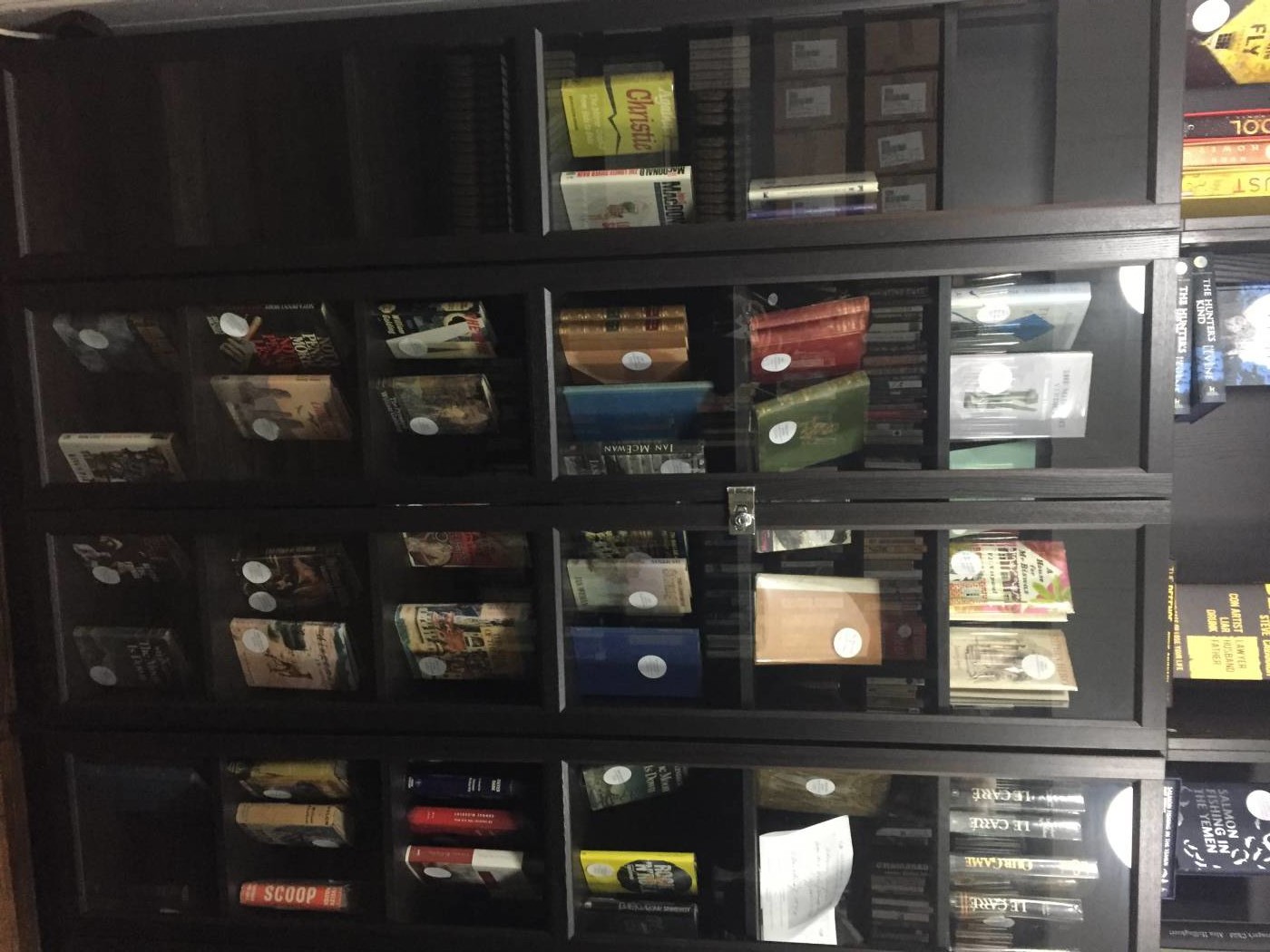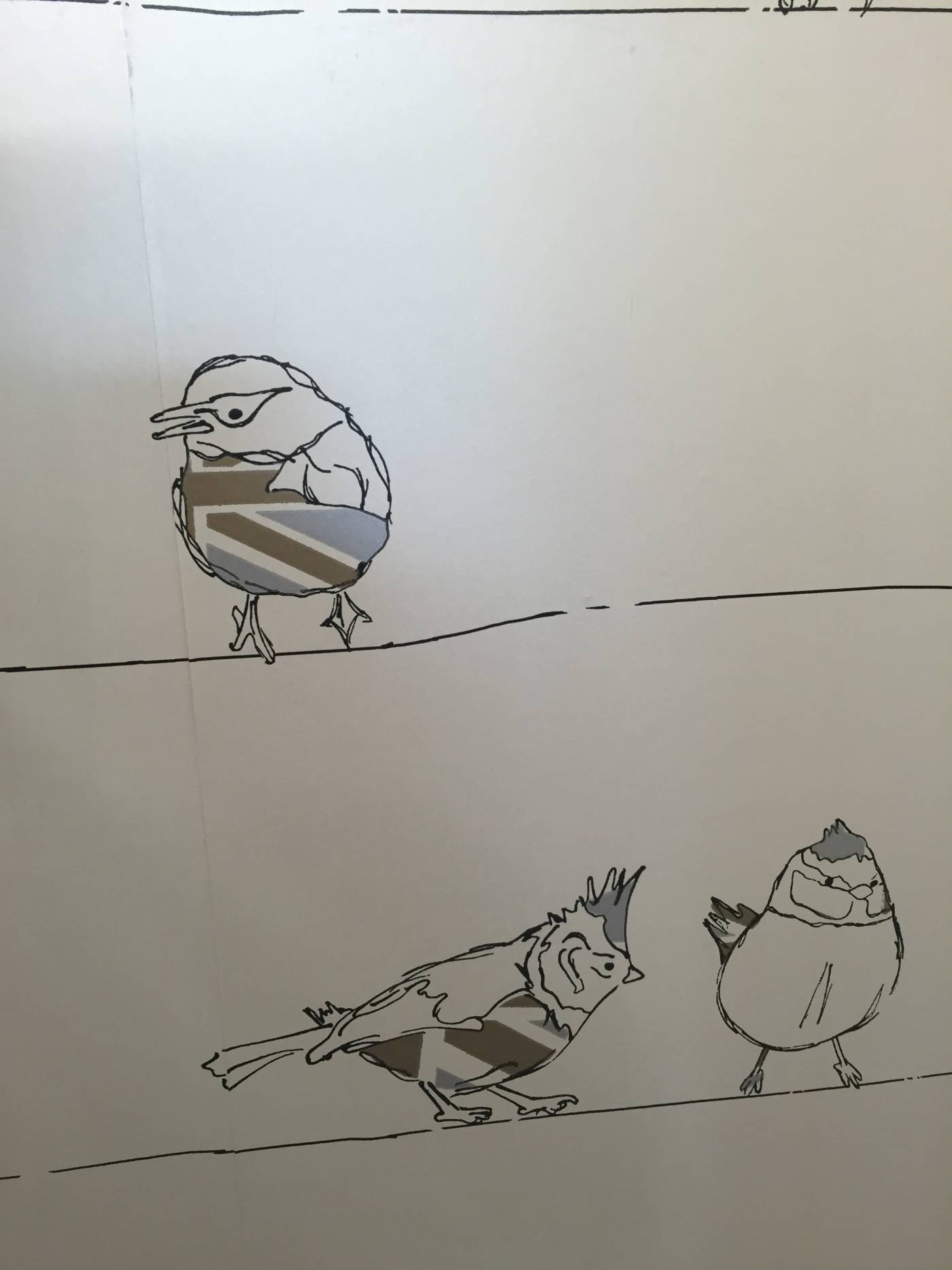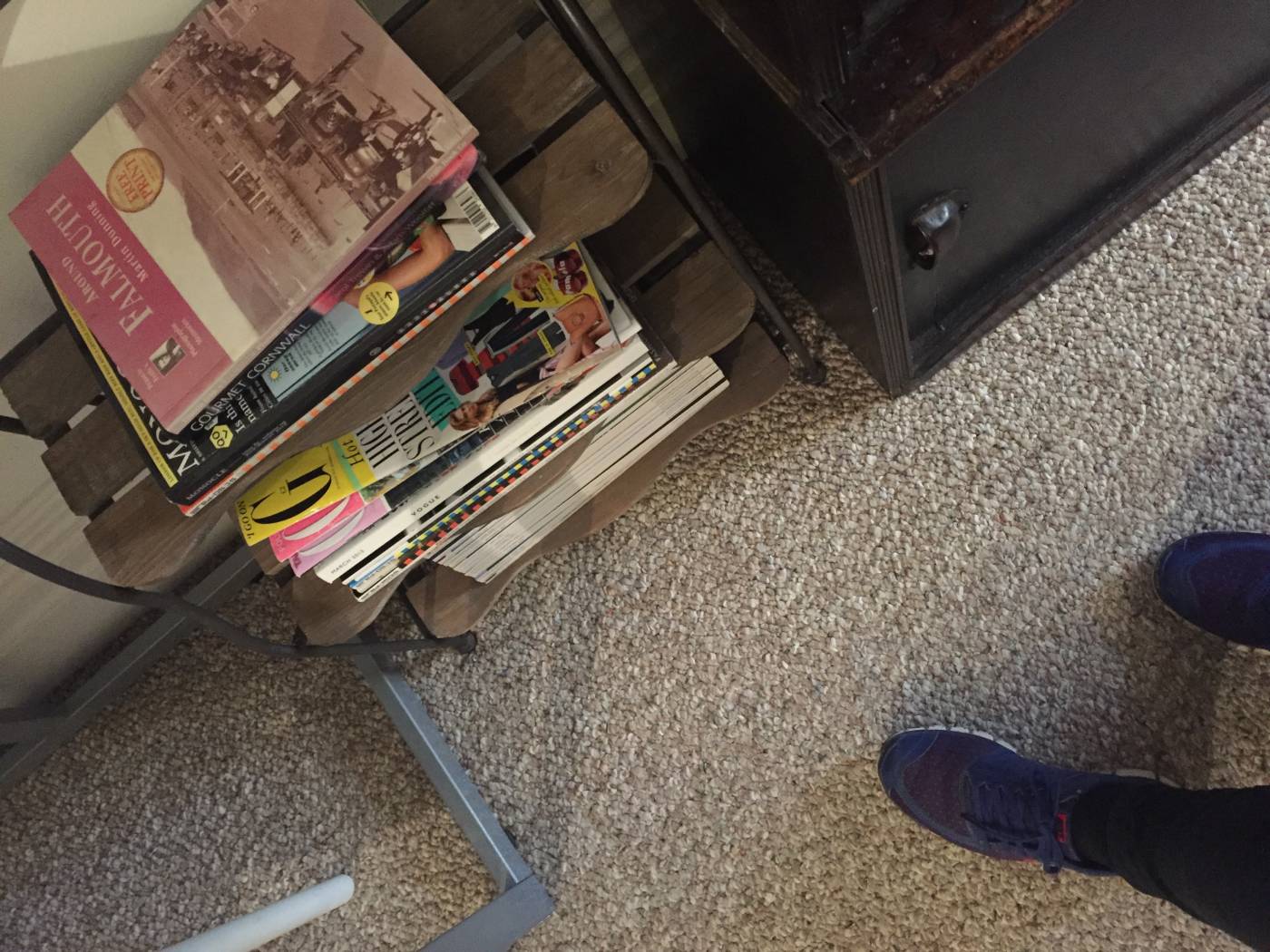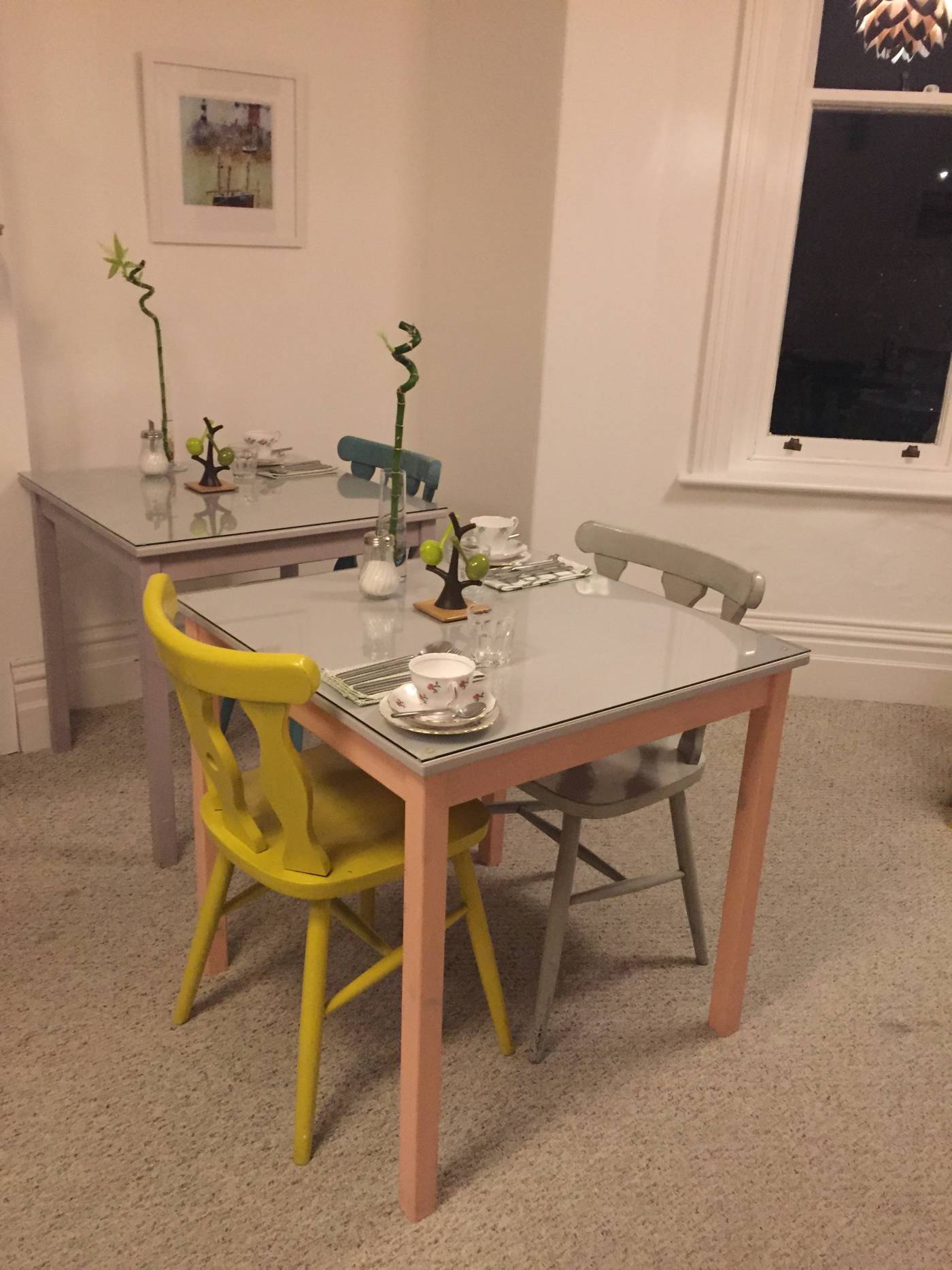I've put myself on a media diet in 2015.
I'm cutting back on my Facebook intake and devouring books instead.
Here's a bookworm's account of the year.
(Read more about this here)
1. Caroline Kepnes - YOU (January 2015)
Devoured in a week: reading in bed, on the commute, walking along the pavement. Dark, often shocking and gripping tale of obsession in a modern world. Made me reconsider my tweets and consider whether I detested or sympathised with the main protagonist. Think Kepnes could have gone all out and made Joe even more repulsive. Great Book / Wine Club fodder as I think it'll divide opinion.

2. Jack Kerouac - On the Road (February 2015)
It didn't change my life like it changed Bob Dylan's and everyone else's, and at times I experienced travel fatigue and longed to get off the road. Yet now the journey has ended, just like Sal Paradise and his hero Dean Moriarty, I'm twitching to get back on it and experience once again Kerouac's richly evocative descriptions of America. 'The sun goes down long and red. All the magic names of the valley unrolled - Manteca, Madera, all the rest. Soon it got dusk, a grapy dusk, a purple dusk over tangerine groves and long melon fields; the sun the color of pressed grapes, slashed with burgundy red, the fields the color of love and Spanish mystery'.

3. Jeanette Winterson - Why Be Happy When You Could Be Normal? (March 2015)
I found Winterson's memoir, an account of two parts, deeply moving. Part one reflects on her adoption, the horrors of her bleak upbringing (including an attempt to exorcise her sexuality after taking up with a second girlfriend) and the solace she found in literature and education ('my mother didn't want books falling into my hands. It never occurred to her that I fell into the books - that I put myself into them for safekeeping'). Part two fast forwards 25 years later where we learn of Winterson's recent relationship end, her breakdown and attempted suicide and the process of finding her birth mother. Hardly a barrel of laughs I hear you say, but she writes with great warmth and humour and an almost Alan Bennett-esque style which peppers the memoirs with very English idioms that had my chuckling out loud on the tube, such as anecdotes about her repressive adoptive mother ('she was one of the first women to have a heated corset. Unfortunately, when it overheated it beeped to warn the user. As the corset was by definition underneath her petticoat dress, apron and coat, there was little she could do to cool down except take off her coat and stand in the yard'). A sad, but hugely enjoyable read that leaves you feeling empathy with all the characters you meet, even the despicable ones.

4. Kim Gordon - Girl in a Band. A Memoir (March 2015)
I found this book fascinating. Initially, I thought it would give me the opportunity to be, vicariously, what I’d always secretly dreamed of being - a girl in a band. It provided much more than that; an educational road trip filled with music, art, fashion and feminism. The super intelligent Gordon - bassist, guitarist and vocalist of the alternative rock bank Sonic Youth - begins her memoirs with the end, the painful separation of her marriage to SY guitarist Thurston Moore thanks to the involvement of another woman. What follows is a candid, sometimes painful, but always fascinating account of her California upbringing, her love of art and the unconventional, her formative years and cool NY living and what it really feels like to be a working mum in a band. Impressive references are made to the world of art, music and fashion (Patricia Field’s on Eighth Street in the East Village, her friend Marc Jacobs ) and the book provides some striking photos of the poster girl for indie rock. What I really took away though was that Gordon has a hell of a lot of substance to go with the style.

5. Roald Dahl - Matilda (April 2015)
A couple of years ago I declared in a Material Whirl blog piece that Matilda was the ultimate role model, aged four. Having re-reading this magical children's classic I’m sticking with my declaration. Although feeling a bit awkward reading a children's book on my daily commute, I soon forgot my shame, lost in Dahl's hilarious, sad and wise tale of a child genius being supressed by her stupid parents. One of the things I adore about this book is the very grown up themes that lurk beneath the surface; the adult jokes, and life lessons that are still relevant. Like the rare advice dished out by the awful Mrs Wormwood - ‘I’m afraid men are not always quite as clever as think they are. You will learn that when you get a bit older’. This is for book lovers (the books list on page 15-16 will put any adult bookworm to shame), farcical comedy lovers (who could forget Bruce Bogtrotter and the cake and the platinum-blond Man), gruesome word lovers (foul carbuncle, poisonous pustule!) and unforgettable character lovers (Mrs Trunchbull, Miss Honey, Eric Ink to name but a few). It took me back to days of innocence, silly words, eating tea at 7pm and being tucked up in bed with a Dahl. A sweet and exciting time. Matilda left a lasting imprint in my mind – the book ultimately celebrates intelligence and good teaching but for me it conjures up a great cluster of emotions just by turning the page. It is a funny, warm and intelligent story which sends out an empowering and brilliant message that it is OK to want to be clever and better and not have to look good, just because you are a girl. So, ghastly grown ups. Try out Matilda yourself. It’s a marvellous medicine to swallow.
You can read my views on Matilda as the ultimate role model, aged four, here.

6. Virginia Woolf - To the Lighthouse (May 2015)
I'm ashamed to say, as I hurtle towards the latter end of my third decade, that Lighthouse was my first vintage Woolf. I have other VW novels on my bookshelves, collected over the years and still waiting in line to be read, but I've just never got around to them. Brasher, bolder, newer titles have jostled for my attention and won. That is until the day when I finally felt the pull of the book that Margaret Drabble describes as one that 'transcends time'. The moment had come select To the Lighthouse from the shelf.
At first, I struggled. I found the serene pace a bit too slow, the introspection a little too profound and the lack of action distracting. On the tube, I kept putting it down, skim-reading a few lines, sighing and flicking through the nonsense in the free papers instead which made me feel a bit traitorous. I persevered though, and thank goodness I did
I slowly fell in love with the language ('The lights were rippling and running as if they were drops of silver water held firm in a wind') and with how the most ordinary things - dining, the appearance of water, the seasons - were so exquisitely depicted by Woolf. The novel gives the reader only two days but they are separated by a passage of ten years and structured into three parts. I'll let you read it yourself, but Part II: Time Passes gave me such a strong feeling of absence and loss (and weirdly, déja vu) that my skin prickled.
Arguably, To the Lighthouse could easily get elbowed out of the way by the Gone Girls, The Girl on a Trains, the YOUs of our modern times, as they satisfy our craving for immediate stimulation and a can't-put-it-down fix. Yet, this it is an innovative, beautiful and powerful book and to overlook it and resist it would be a real shame.
It was windy, so that the leaves now and then brushed open a star, and the stars themselves seemed to be shaking and darting light and trying to flash out between the edges of the leaves.

7. Joël Dicker – The Truth About the Harry Quebert Affair (June 2015)
‘The Book of the Year’ according to Simon Mayo, Dicker’s novel has been translated into thirty-two languages, sold two million copies in a year and is the winner of French literary prizes. Yet, Sam Leith reviewing for The Guardian sniffly observed: “They see a masterpiece; I see a completely ordinary, amiably cartoonish and well aerated page-turner that does nothing interesting in literary terms at all”. Ouch.
Aerated it might be, but nonetheless I finished it in a week, gulping down the first half on a flight back from Madrid and polishing off the remaining half with no bother a few days later. I first saw the Quebert book advertised on a Tube poster; the striking cover leapt out at me, inlaid with Edward Hopper's dreamy ‘Portrait of Orleans, 1950′. With the shout line “It’s like ‘Twin Peaks’ meets ‘Atonement’ meets ‘In Cold Blood'” from Gaby Wood's The Telegraph review, well, they had me at Twin Peaks.
It was the Peaks parallels that kept me enticed. Small town, quaint setting, dark undertones. Disappearance and lost innocence. It’s 1975, and struggling author Harry Quebert has fallen in love with fifteen-year-old Nola Kellergan. Thirty-three years later, her body is dug up from the grounds of his seaside home along with a manuscript copy of the novel that secured his lasting fame. Quebert is the only suspect. Marcus Goldman – Quebert’s most gifted protégé - heads to New Hampshire to clear his mentor’s name and unearths a whole lot more than he anticipated.
For those who love a delicious murder mystery with no end of twists, turns and plot shifts (in this case, especially during the last one hundred or so pages), are nostalgic for Laura Palmer et al and crave a book that grips you tightly and won’t let go until you’ve read every last word, this is the book for you. If you’re seeking the next literary masterpiece, you may wish to move on but hey, don’t be snooty. Although arguably the ending was a little rushed, the novel is clever, hugely entertaining and thrilling to the end and I felt a little bereft when the last page was turned.
I really liked The Truth About the Harry Quebert Affair. It is crying out for a top-class TV adaption. Netflix, get a shift on will you?
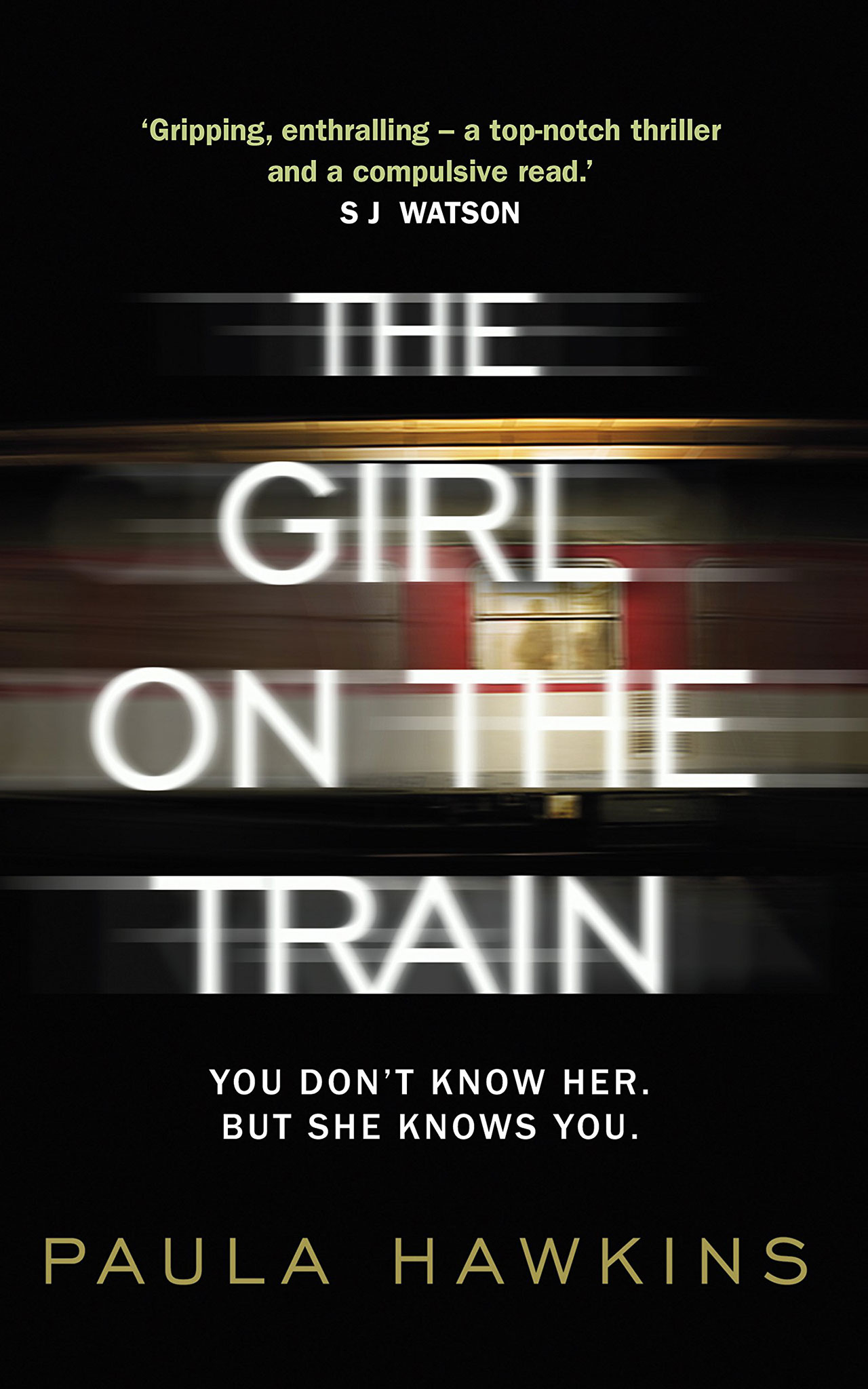
8. Paula Hawkins – The Girl on the Train (June 2015)
I bought this book as a holiday gift for my dear Mum a few months back but, and please don't think me a terrible gift-giver, inwardly I was willing her to whip through it quick-smart so she could fling it my way. (Sorry Mum). The Girl on the Train topped The New York Times Fiction Bestsellers of 2015 for 13 consecutive weeks and spent 20 weeks at the top of our own hardback book chart. It was the book everyone was reading. The read of the summer. The new Gone Girl, they said. Well, I had to see what all the fuss was about didn't I.
The synopsis is this: Rachel takes the same commuter train every morning; on the same track, along the same stretch of middle-class suburban homes, stopping at the same signal every day which affords her ample view of the same seemingly perfectly couple taking breakfast on their deck. She even feels like she’s starting to know them, assigning her own names for them. Then during one fateful journey she sees something shocking and now everything has changed. The woman in the couple then goes missing and Rachel becomes inexplicably intertwined in their story. Maybe just a little too intertwined.
The Girl on the Train has a gripping first chapter. I instantly got on board with the familiar concept of travelling on a London train with dappled sunlight coming through the window and peeking into people's houses; wondering, assuming, over-imagining. Hawkins creates an eerie and claustrophobic tale with twists and turns, and I couldn't quite make up my mind if I despised, pitied or supported the main protagonist Rachel whose downward spiral into alcoholism and self-hatred caused by the breakup of her marriage transfers into a dangerous obsession.
Parts of the story made my skin prickle - 'I've been up for hours. I can't sleep. I haven't slept in days. I hate this, hate insomnia more than anything, just lying there, brain going round, tick, tick, tick, tick. I itch all over. I want to shave my head'. - and I read The Girl on the Train in exactly four days.
Wait, this isn't me being a big show-off pants about my reading skills but instead testament to Hawkins' great skill as a writer. I lost pockets of time absorbed in the story, often wondering if I'd blacked out like Rachel does. I would read it standing on the tube with one hand hanging onto the rail for dear life and all the way home until reaching the front door which meant I had no choice but to stop. Then at home, I would make any excuse to disappear so I could read some more - 'I'M JUST GETTING SOME MORE HANGERS' I'd fib to my husband as he hung out the washing, then sneak into our bedroom and read what I could in the feasible time it takes to retrieve a bunch of clothes hangers before suspicion is roused.
Wiki tells me that film rights have been acquired. Yay! Emily Blunt is reported to play Rachel. Double Yay! It’s been reported by the author that the film’s setting will not be in England, but the US. Boo!
This is a completely-lose-yourself-in the story kind of novel and I wish I'd saved it for my holiday lounger. The female characters stayed with me for a few days after, as I looked out of the window on my commute, rolled into London and peeked into those houses, wondering, assuming, over-imagining...

9. Robert de Board – Counselling for Toads (July 2015)
Admittedly, 'I'm reading a book about counselling that is a pastiche of Kenneth Grahame's children’s classic The Wind in The Willows' is not your average response to the 'So what are you reading at the moment?,' question. So I wasn't surprised when my sister replied via WhatsApp with ‘Eh? What? Toads?!' and messaged me a flurry of frog emojis to effectively labour the point.
This book was a bit of a deviation from the other novels that have made up my media diet so far, but it turned out to be a good 'un. Recommended by a friend ages ago, it'd never really been the right time in my life to give Counselling for Toads go. For some reason I’d alway assumed it would be too heavy, a bit too 'self-helpy’ if you catch my drift, but I'm so glad I finally did. I’m interested in counselling and coaching from a professional and personal perspective so it satisfied my curiosity in that respect, but it also helped me to analyse a few feelings of my own.
The premise is this - Toad (of Toad Hall fame) is very depressed and his good friends Rat, Mole and Badger are worried about him. Eventually they encourage him to have counselling (with Heron, natch) and as the reader we’re taken on a psychological adventure, joining Toad in his counselling sessions as he lays his soul bare - through the pain, the self-reflection, the meeting his rebellious child, the development of his emotional intelligence and the turning point where he can begin to move forward. It sounds completely wacky, I know, but this is a clever and engaging book and the tone is so light and whimsical in places that it’s never a chore.
Claire Rayner calls it ‘a joy' and who in their right mind would disagree with Claire. It was a lovely read and I was absorbed from the get go. It cleared my head, helped me to deal with a few niggles of my own that had troubled me for a while and I got to learn tons more about my Parent-, Adult- and Child- ego states which was pretty insightful. When I’d finished it, I felt like I needed a bit of lie down and some time on my own to reflect and mull things over; but I don't think that's a bad thing in this crazy world we live in.
Although I was looking forward to returning to some fiction once Toad and I were over, Counselling for Toads is a unique and interesting read and a brilliant vehicle for imparting the wisdom of transactional analysis through a light-hearted and humorous tale. 🐸

10. Jessie Burton - The Miniaturist - (July 2015)
Oh, The Miniaturist. A cover so exquisite, setting and subject matter so unlike anything I usually delve into and the hype so great (sold in 30 countries apparently), by the time the chance to read it was here I'd built it up to such a crescendo that, well, I guess it was inevitable I'd be a little disappointed.
It was only a tiny disenchantment though, miniature if you’ll pardon the pun, but I’ll come to that in a bit. Here’s a quick synopsis: it’s 1686, in Amsterdam, and the main protagonist 18-year-old Nella Oortman has married a well-heeled merchant named Johannes Brandt. We soon learn the marriage is no more than a convenient arrangement despite the splendour of his household, and his unwelcoming sister Marin, the fascinating but distant servant Otto, the mischievous maid Cornelia and a lack of physical attention from Johannes soon unnerve Nell and make her feel lonely and homesick.
Then everything changes. Johannes presents her with an unusual wedding gift - an intricate cabinet-sized replica of their home and Nella engages the services of miniaturist to furnish it. Not only is The Miniaturist a brilliant craftswoman, but a prophetic one too - the tiny miniature figures appear to be painting a picture of the future; and there are lots of secrets to tell. It's an enchanting story, with rich, intricate language that weaves a tale of dazzling wealth, oppressive religion and female empowerment in a time of adversity.
So the mini-disappointment bit - given the quality throughout, the ending kind of fades and was rather anti-climatic, but hey maybe that’s just me. Absolutely worth a read though. An utterly absorbing and fascinating insight into 17th century Amsterdam, the tiny world of cabinet houses and generally brilliant women.

11. Caitlin Moran - How to Build a Girl - (August 2015)
I chomped through How to Build a Girl in two days flat while on holiday, effectively ignoring my husband on the Santorini beach as he splashed about in the sea dejectedly with a snorkel and a sunburnt back. Under the cool shade, I snorted with laughter. Blubbed. Reminisced. Felt exuberant.
HTBAG, made my heart hurt with happiness and at times, despair. Let’s face it, we’ve all been Johanna Morrigan at some point in our life, trying to be someone we’re not and learning painfully but excitingly along the way. Maybe we still are.
It is hard to put into words how enjoyable it is and in fear of sounding too effusive, I’ll leave the clever words to Moran. All I know is this book which moves with such velocity with its humour, intelligence and bang-on take on modern feminism made me feel inexplicably, ridiculously happy and light.
I have dedicated a whole blog post to HTBAG - which you can read here.

12. Tina Seskis - One Step Too Far - (August 2015)
*REVIEW TO FOLLOW*

13. Stephen King - Mr Mercedes - (August 2015)
*REVIEW TO FOLLOW*

14. Peter Swanson - The Kind Worth Killing - (September 2015)
*REVIEW TO FOLLOW*

15. Harry Parker - Anatomy of a Soldier - (October 2015)
Generally speaking, I don’t tend to choose books about conflict, finding them a little too brutal and I can’t deny I had preconceptions when I started Anatomy of a Soldier. These assumptions dissipated by the end of the first chapter – Parker is a terrifically skilled writer, and his portrayal has great empathy and intelligence. Former Rifles Captain Harry Parker was on foot patrol in Afghanistan when he stepped on an IED (improvised explosive device) and lost his left leg. A subsequent infection later claimed his right leg and despite life-changing injuries, extensive operations and having to learn to walk again, he now moves confidently on prosthetics.
His debut novel is a work of fiction, rather than personal memoir, but draws on his own experiences in the conflict zone. It introduces us to Captain Tom Barnes, mostly known as BA5799, who is blown up by an IED while returning from patrol. We learn of the lead up to his injury, the aftermath, the local people and insurgents who planted the bomb and the friends and family that rally around him.
Yet, what makes Anatomy of a Soldier so extraordinary is the way Parker has chosen to narrate it – rather than offering us straightforward characters, instead forty-five inanimate objects provide the novel’s voice. These objects, including surgical equipment, his mother’s handbag and a pair of trainers worn by an insurgent cleverly show us the complexities and barbarity of war.
It’s unusual, I know, but it has to be read to be believed...
I was lucky to attend the London launch of Harry Parker's Anatomy of a Soldier at Goldborough Books in March 2016 - which you can read about here.

16. Hanya Yanagihara - A Little Life - (November 2015)
*REVIEW TO FOLLOW*
